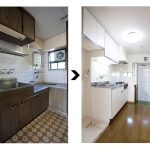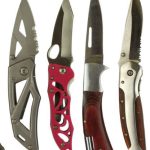When it comes to fasteners, the vast majority are made to hold objects together for a long time, perhaps permanently, but not much thought is given to removal. When you have an application, however, that requires an object to be repeatedly fastened and removed, a typical screw or bolt would be cumbersome to work with. This exact application happens to be what quarter turn fasteners are designed for. These simple devices lock things down tightly, but can be released quickly with just a turn of the stud. These properties make this type of fastener very handy for a variety of industries and applications.
How a Quarter Turn Fastener Works
A quarter turn fastener has three basic components – a stud, a receptacle, and a retainer. The stud has a shaft with two prongs at the end forming almost a “T” shape and ahead that can be slotted, wing-nut shaped or fitted with a larger handle. The receptacle has a cut-out to allow the prongs to enter unobstructed, but once the stud is turned a quarter turn, the prongs are no long aligned with the cut-outs so the stud cannot be removed. The retainer or retaining washer acts as a spring compressing when you push in the stud, but then expanding when you release the stud, creating pressure that holds the fastener in place.
Advantages of Quarter Turn Fasteners
A quarter turn fastener offers the advantage of speedy installation and removal. Since all that is required is a quarter turn of the screw, nut or handle to install or remove it, it is considerably faster than a screw or bolt that may require dozens of turns. This also reduces the wear and tear on the head of the fastener, reducing the likelihood that it gets stripped, and it removes the need for power tools for installation or removal. A quarter turn fastener also has a much smaller visible area than a latch or clip.
Uses for a Quarter Turn Fastener
Quarter turn fasteners have both industrial and casual-use applications. They are often used to secure access panels in vehicles, furnaces, and manufacturing equipment. They may also be used to secure an access panel leading to a roof or wiring corridor. They are often used for quick-assembly pre-fabricated furniture sold at discount stores.








